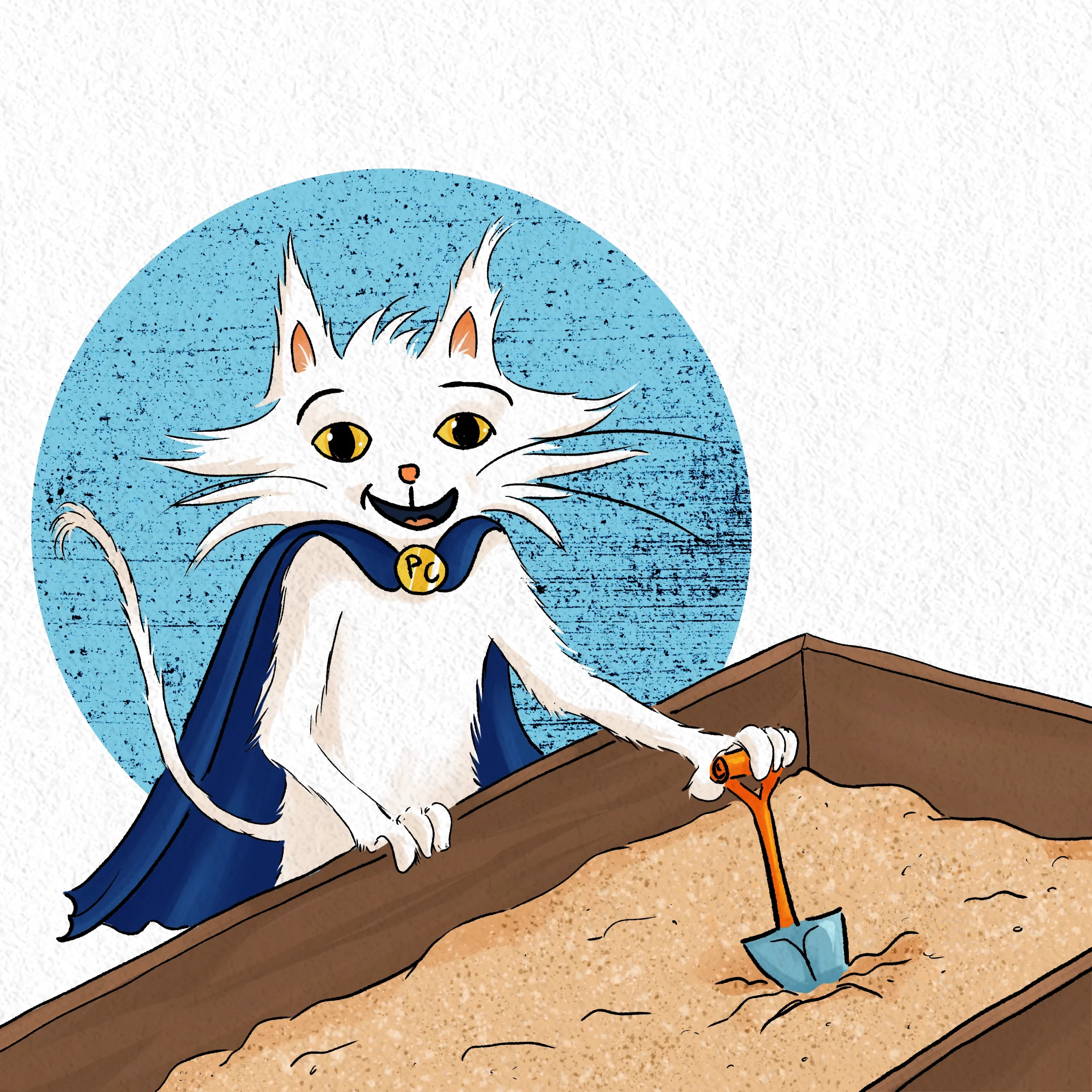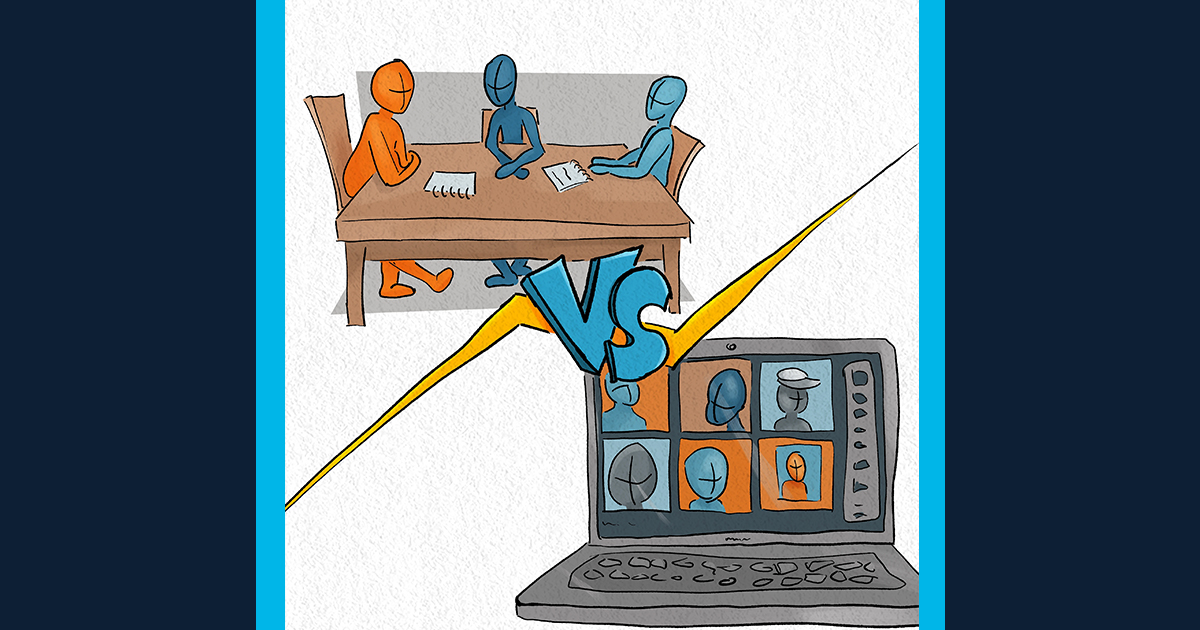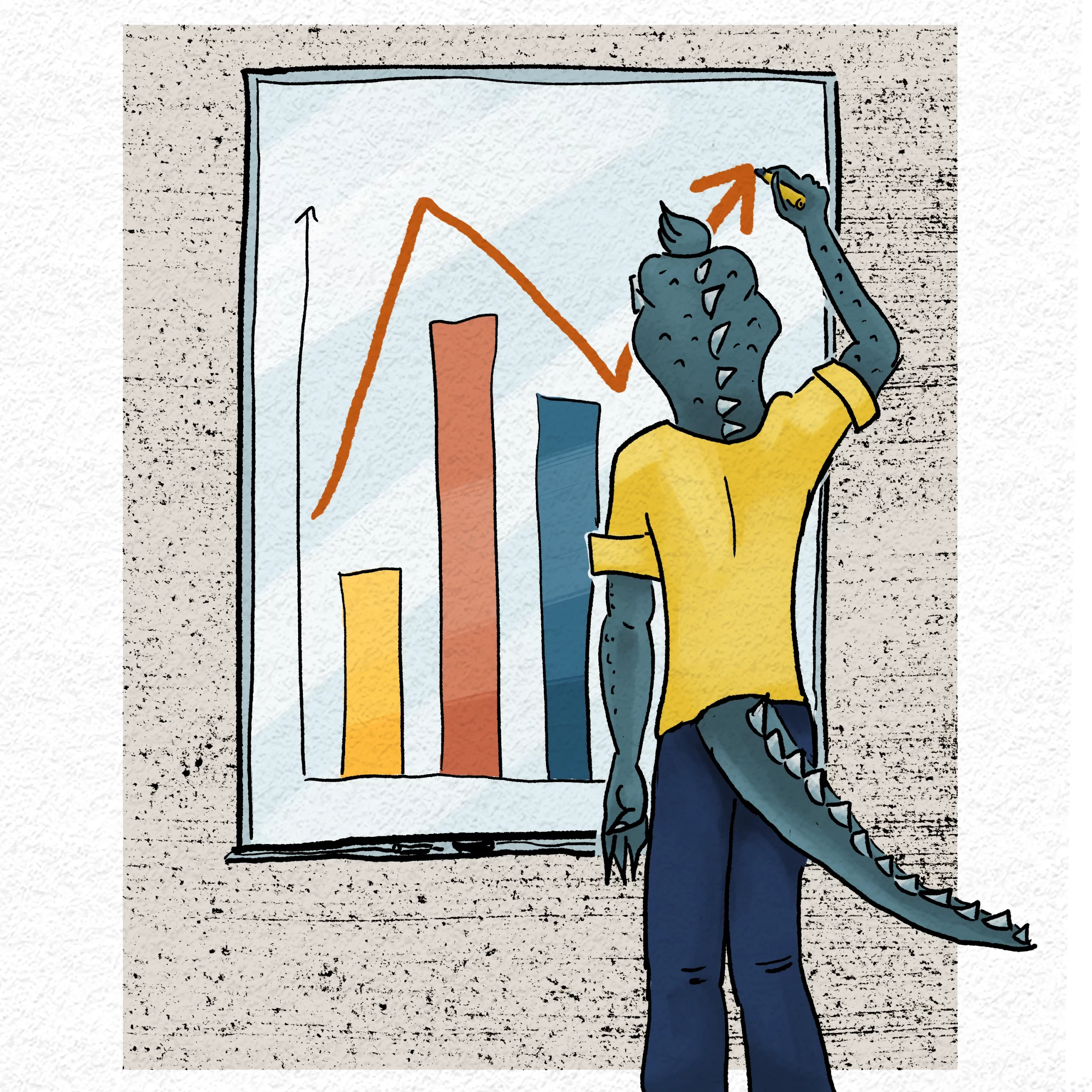
You understand the importance of doing experiments when you need to figure out something for your making or manufacturing process. But did you know that sometimes (even often), you can save a LOT of time and money by taking advantage of research that’s already been done? And you can find them from multiple sources of scientific papers?
Other people have already done the exact experiments I wanted to do??
No, probably not. But you can still glean a lot of information by looking at what other people have done.
Gary didn’t know that at first…
If you’re a regular here at Zattatat, you know that Gary is an accountant who has a side business baking.
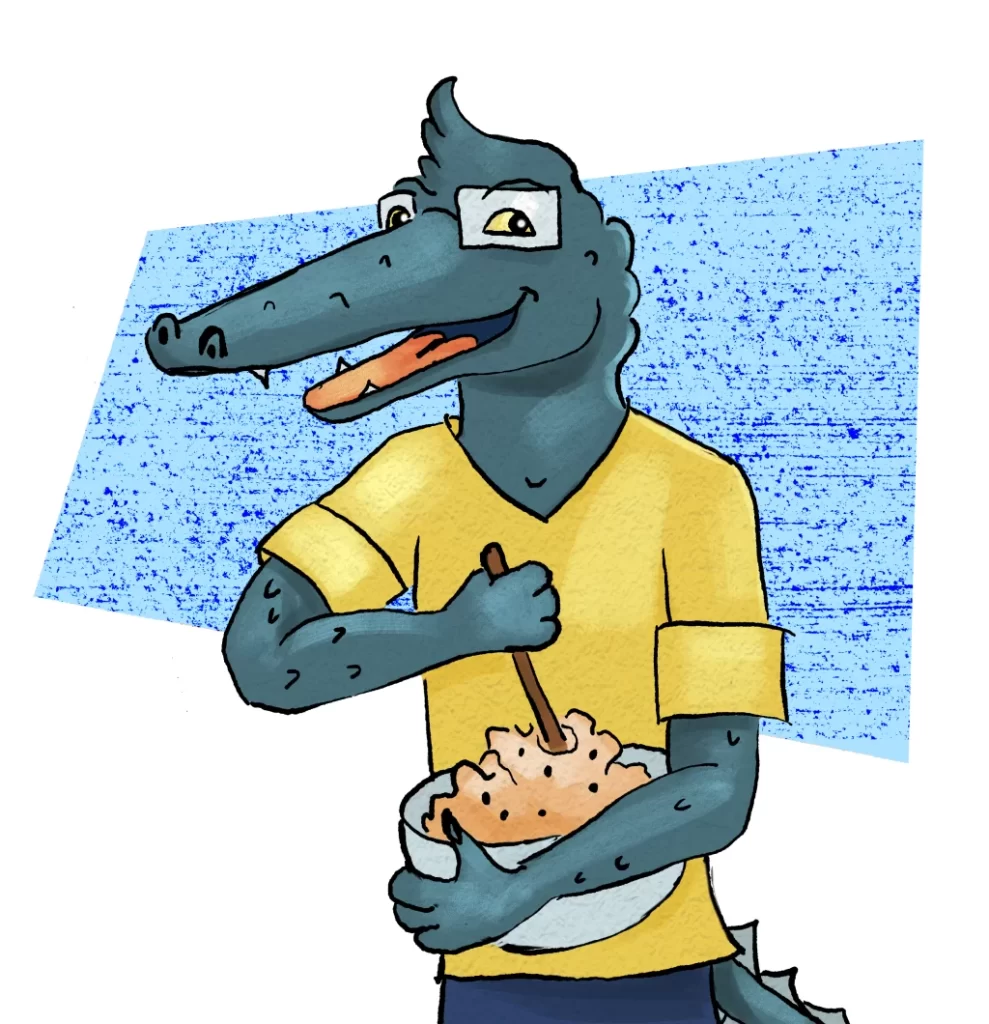
Recently, the price of one of Gary’s ingredients (eggs) started skyrocketing. Gary could have simply passed the increased cost on to his customers, but he knew that that would result in a decrease in his sales. And, anyway, he didn’t want to start pricing people out of his cookies if he didn’t have to. So he started to wonder if there was a way he could reduce the number of eggs in his recipe without compromising on the deliciousness of his cookies.
Thanks to his good friend Process Cat, Gary knew how to do an experiment. But once he started thinking about how many experiments he’d have to do in order to figure out HOW many eggs he could eliminate WHAT exactly he could replace them with and HOW MUCH of the replacement ingredient to use in place of each egg…
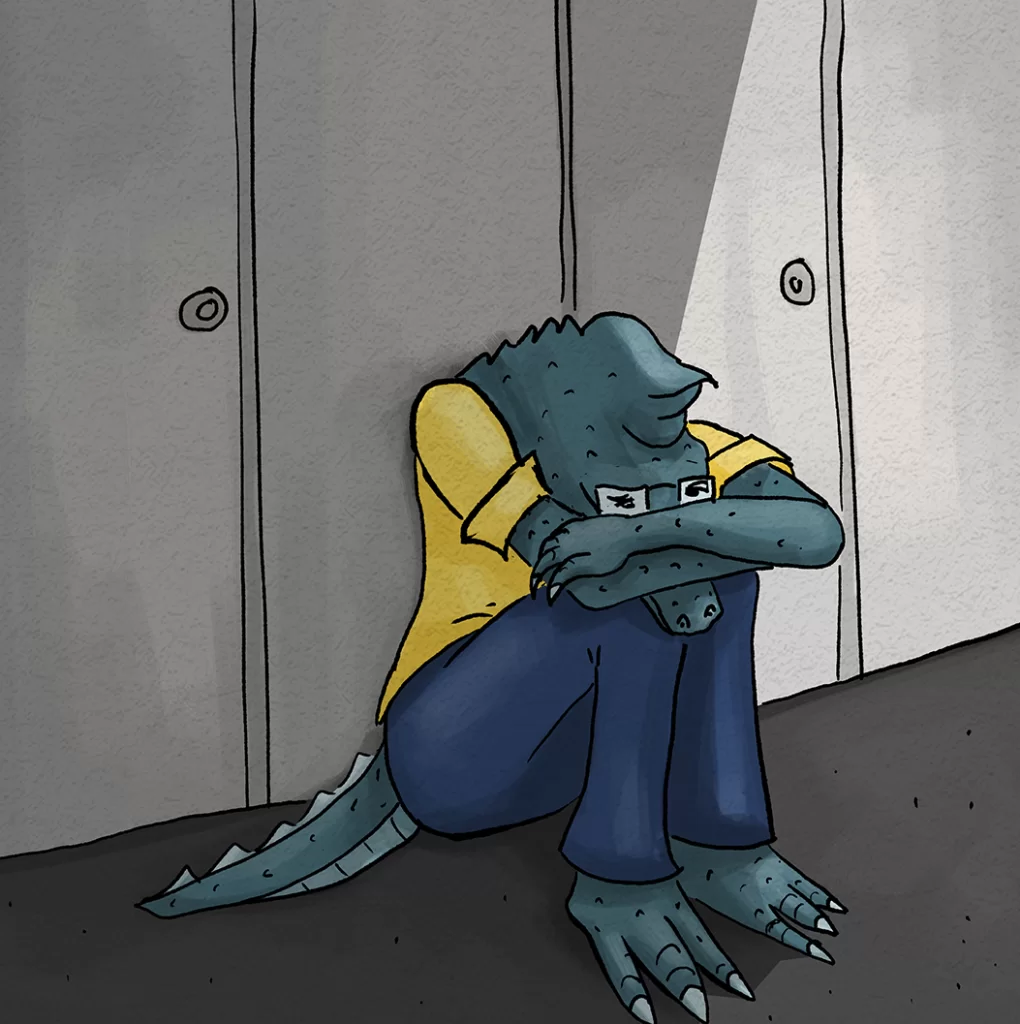
Luckily for his customers, Gary eventually pulled himself together, got up off the floor, and called Process Cat to ask if there was anything he could do to reduce the number of experiments he’d have to do.
And luckily for Gary, Process Cat was able to help him again. Process Cat explained that, especially since Gary was working on a fairly well-established process (baking cookies), many parts of the process had probably already been characterized. Meaning, people had probably tried making cookies without eggs and replacing the eggs with everything under the sun.
And the best part is, much of that research was probably publicly available! Specifically, Process Cat recommended that Gary try reading…
Peer-reviewed scientific papers
Peer-reviewed scientific papers are basically descriptions of experiments that other people have done. They also have explanations of how exactly they did them and what exactly they found. And the “peer-reviewed” part means that a panel of other scientists (or academic engineers) have read through the experiment and agree that their methods were sound and their results are valid.
To actually read these papers, Process Cat then took Gary on a real, physical trip to the actual library. Because…
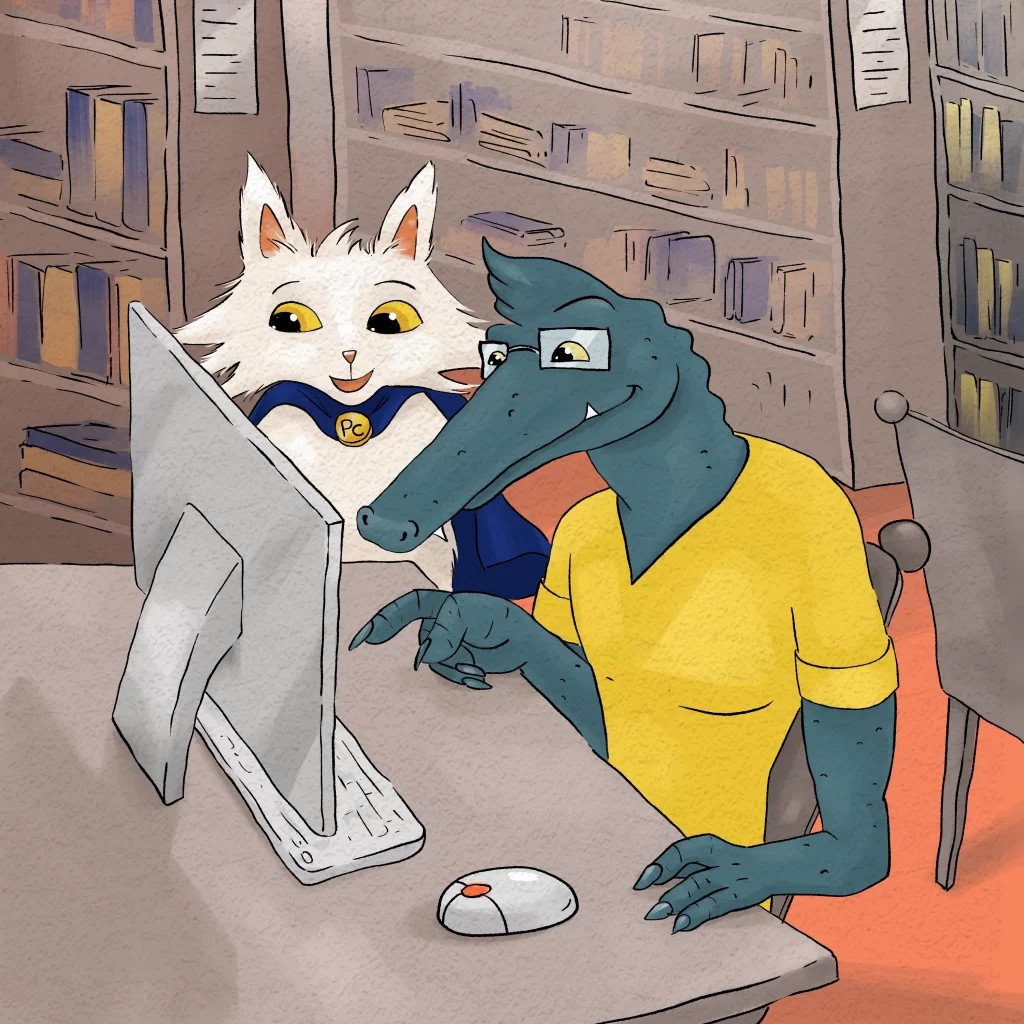
See, peer-reviewed scientific publications have a different business structure than a typical magazine or newspaper. Generally, the actual research is funded by governments. Then the publication of the research is funded in one of two ways: it can be built into the government grant, but often it’s paid for by the consumers of the information (in this case, us and Gary.)
The “sticker price” of accessing a single article, if paid for by the reader, can cost $35 or more! It’s important to point out that even that would probably be cheaper (and faster) than doing your own experiment. But still, if you’re reading multiple articles – which you’ll probably need to – that can add up fast. So paying the sticker price should be a last resort.
In addition to accessing papers at a library that pays for them (typically college/university libraries), another good option is to use Google Scholar. This research-specific version of Google is good about informing you if there’s a free way to access any article you’re interested in.
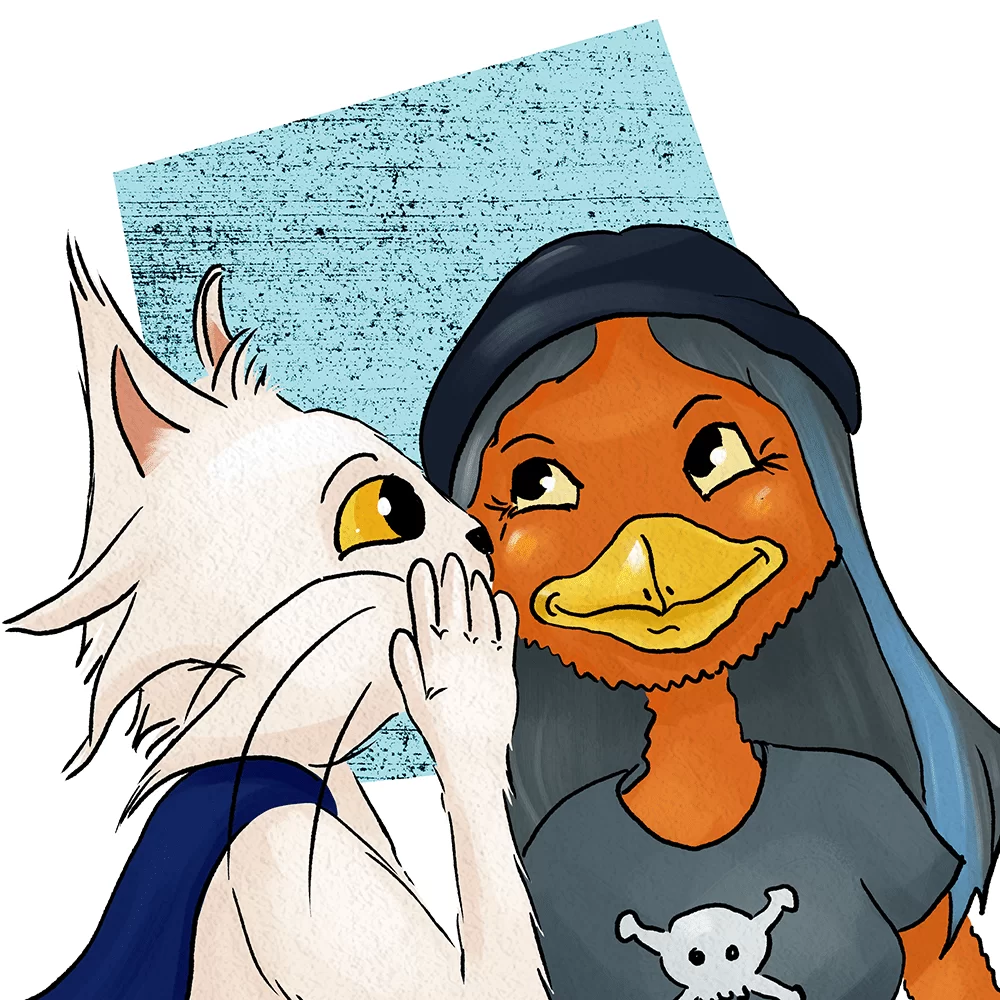
See, the authors of the paper (usually university professors or scientists at government labs) have already been paid. They don’t get anything from you buying the paper. There’s nothing illegal about them distributing copies of their papers for free. Often they actually want people to access and use their work.
But normal social rules still apply: you’re asking for a favor. Be polite in your request, and be gracious if they decline.
Anyway, once you get that scientific paper…
Here’s how to read it:
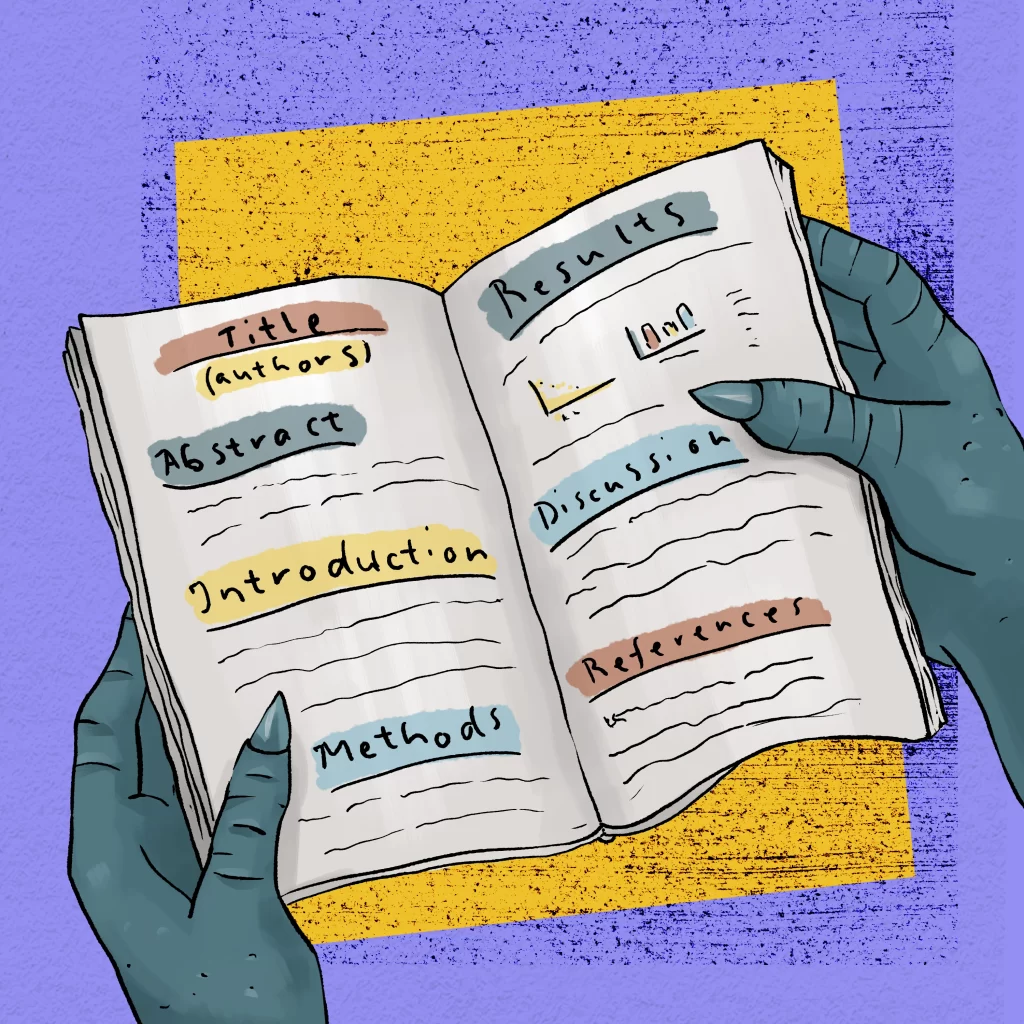
Peer-reviewed papers follow a standard format with the sections highlighted above.
- Abstract: This is a brief summary of the paper, and often the only section that’s available free for a paid paper. So it can be worth reading to determine whether or not you want to put in the work or money to access the full paper.
- Methods: Once you’ve accessed the full paper, read this section first. The methods section (sometimes called Materials and Methods) describes what the researchers did in their experiment. This will arguably be the most important part of the paper to understand.
- Results: as the name implies, this section is a summary of the results of the experiments, usually with graphs, photos, and other images. Before reading the next section, look at the raw data yourself and try to form an independent opinion of what the data are saying.
- Discussion: this is where the researchers interpret and contextualize their results. Based on their knowledge of the existing body of scientific research (which is probably very extensive, but, it’s important to note, may also be unintentionally biased due to their closeness to the subject), the researchers give their informed opinions as to what their experimental results might mean.
- Introduction: a summary of the current state of knowledge before the research described in the paper was conducted. It will explain what was already known. And what the researchers sought to add by doing the experiments in the paper.
- References: this section will refer to previous work done in the field, some of which you might want to read on your own.
As you can see, reading and understanding scientific papers isn’t exactly easy. But it’s faster, cheaper, and easier than doing it all yourself…

Weekly Challenge:
Are there any problems you need to solve in your business where you could benefit from reading a few scientific papers before doing your own experiment? If so, try some of the suggestions in this article!

